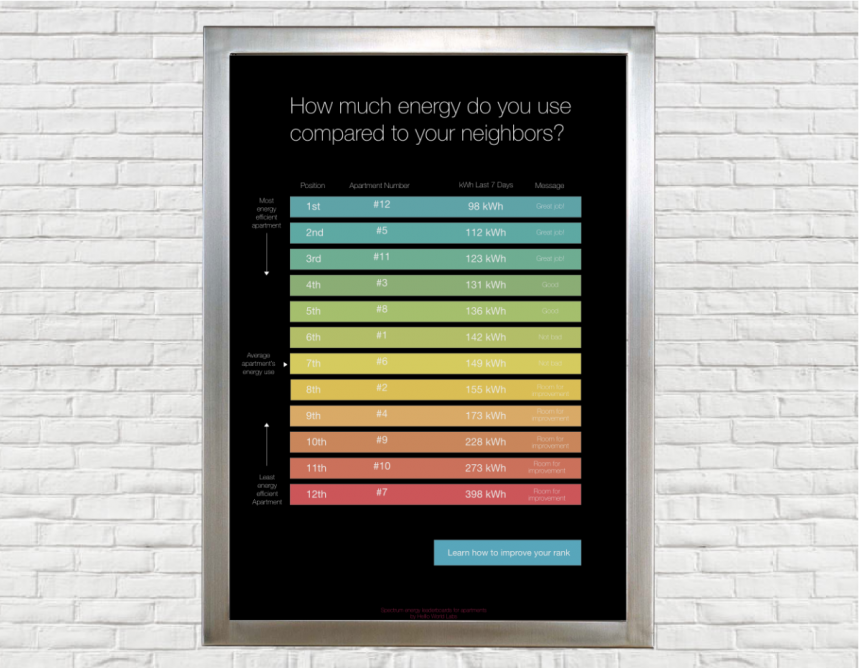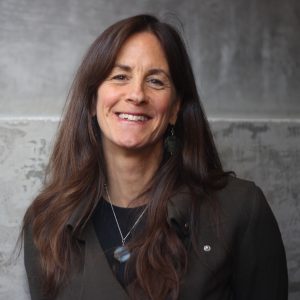Each month, the MA in Sustainable Design program invites a special guest for our Town Hall series where students, faculty, and alumni get to meet and chat with a leader in the field of sustainability or sustainable design.
This month’s guest was Katie Patrick, author of How to Save the World. Below are a few highlights from our conversation.
Tell us about your background and how you got to where you are today.
I’ve always been an environmental activist. I started my career as a green building engineer. At that time, in the early 2000’s, work in sustainability was all technical — geekly and uncool. I wanted to make it cool, like Nike or Chanel. So I started a media company, then got into digital, and finally moved to Silicon Valley and worked with software startups.
I discovered that the content around sustainability was not working. There was a “value-action gap”. You could make people care about something but they were not taking action.
Environmental Behavior Science says that you need to use real-time data feedback loops and storytelling and gamification. Like a FitBit for the planet. We need to trigger the reward center of the brain, just like we do when we train dogs with treats. It’s really simple psychology. People kept asking me about my approach, so I finally put the book together.
It’s a great book, and there’s so much useful content. What are some key takeaways?
First, you should learn Behavior Science, the psychology of change.
Second, know that you can do so much good with just pen and paper — you don’t need a lot of tech to start to make change.
Third, show people examples of what you want them to do, as opposed to telling them what not to do.
Most people who promote sustainability start with stories of doom and gloom and guilt, telling people what they are doing wrong. We need an “I have a dream” speech for the Earth. We have plenty of “I have a nightmare” speeches.
You discuss two lenses: Measurability and Vision. Can you talk about that?
Two lenses are simple to understand, but harder to implement. They are borrowed from game design: (1) measure + (2) behavior change.
Many organizations working in sustainability have no data, nothing to measure, even though that is the basis of their work. They promote awareness without an understanding of the mechanisms needed for change. I work on causality every day.
Where do you find yourself in the spectrum of responsibility? What do you do if a client doesn’t want to adopt your interventions?
I’m very specific about what I do and the problem space I can work within. I don’t take clients outside of that space. I’m very niche. You can get very expert at one thing, truly dive into your creative zone, and build your life around this nugget of creative genius.
When is the right time for us to start driving change to a better post-pandemic world?
Much of the time when so many people are so worried, things aren’t really that bad for most of us. Of course things are awful for some, but not for most of us, tangibly. Most stress is about future projections, not current experiences. Climate change for example. Ditto with the economy. Ditto with COVID-19. Most of “us” are enormously stressed about the future when really we’re okay and safe right now.
Getting to the question, we know that change enables more change. This massive disruption is a good time for new interventions. The COVID-19 pandemic is a great example of how incredibly massive change can happen but it doesn’t really impact most of us. It’s a silver lining — and optimistic opportunity to bring change.
What has been your favorite project with a positive outcome?
I’ll tell you about one I’m working on now: called the Energy Lollipop, for PG&E. It’s really fun. It’s a Chrome extension that syncs with your electricity data, multiplies it times the CO2 intensity of the grid, and shows you a big number in a circle that reflects the pounds of CO2 that you are generating. It gives you real-time feedback with the number, a color grade (green is good, red is bad), and compares you to people around you. There’s a leader board where you can compare yourself to your friends. It also shows your progress — how much you got your energy use down, as well as actions you can take to reduce energy consumption. It’s really motivating!
Thank you Katie!
[image courtesy of http://katiepatrick.com/designs ]

